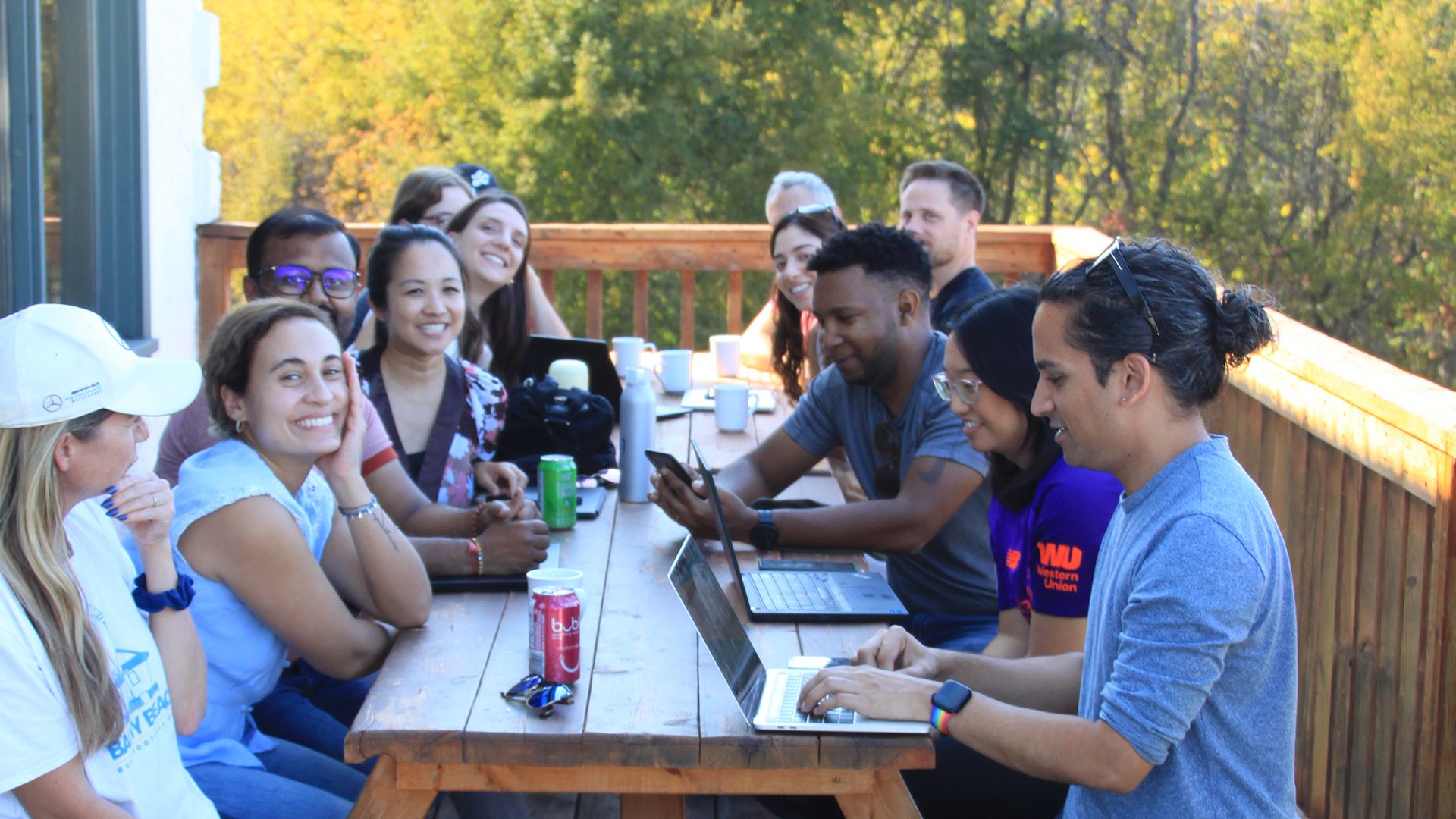Trying to conduct Inclusive Research? Here’s why you may not be doing it right…
Trying to conduct Inclusive Research? Here’s why you may not be doing it right…

Posted on: Wednesday Apr 13th 2022
Article by: Victoria Sicilia
ARTICLE
Demand for inclusive research is growing. Sometimes the goal is to have discussions with equity-deserving groups. Sometimes to gather information related to gender, race, sexuality and other dimensions of identity. Sometimes to gain insight into the experiences and needs of marginalized groups.
But what does it mean to do inclusive research? How can organizations reach diverse groups effectively, in a way that earns the trust of these stakeholders? Expressing an intention to be inclusive is not enough. Inclusion is a deliberate choice that requires reflection and concrete action – and it has real implications for research outcomes. Common research practices and approaches will likely not get you the diverse voices you are looking for or might constrain the conversations you have in ways that limit your learning.
Here are three best practices we encourage our clients to consider when they’re interested in applying an inclusive research methodology:
1. Check Your Assumptions
The things you think you know about your stakeholders may be preventing you from getting a fuller picture. Before you embark on the main phase of your research, it’s a good idea to reach out to senior representatives who are relevant to your target audiences (community organization leadership) to help you understand the issues environment and identify any key considerations to be aware of as you craft your methodology and lines of inquiry. Doing due diligence up front – for example, surfacing current concerns and sensitivities, and understanding nuances within identity groups – helps to set you up for success.
In a recent project, our client requested round-table sessions with “BIPOC” stakeholders. In pre-consultation discussions, representatives from both Black and Indigenous communities spoke candidly about their differences and requested distinct discussion sessions, rather than being combined as a “BIPOC” group.
2. Meet stakeholders where they are – literally and otherwise
In designing your methodology, favour tools that are inclusive, welcoming and varied according to stakeholder needs. Choose locations and discussion spaces that encourage participation and make stakeholders feel comfortable. It’s easy to create a barrier to participation without realizing it – whether it’s using dense or culturally inappropriate language in a questionnaire or the wrong setting for an interview meeting room.
In a project that involved connecting with Canadians who are underserved by the health care system (including new immigrants, racialized Canadians and those who are precariously housed or homeless) Environics found it most effective to convene interviews with the help of trusted third-party community organizations that already had relationships with target audiences. Interview participants were able to meet with our interviewers in settings that were welcoming and familiar to them, and our interviewers had access to willing participants who would not have been found through traditional recruitment channels.
3. Do your homework to get the context
It’s important that your analysis and reporting reflect an appropriate awareness of the history and context of your specific research project. You can gather this background either in the pre-consultation discussions described in item #1 above, and/or in environmental and literature scans carried out ahead of your main research phase. Doing this work up front helps to build the credibility of your research and can prevent missteps and keep your project running smoothly.
Our team began a recent client project with an environmental scan and literature review to help ground our client in anti-oppression and trauma-informed theory prior to designing research with racialized and equity-deserving stakeholder groups. Insights from this phase were carried through to inform the language used in research instruments, creating a comfortable research environment and avoiding triggers for participants talking about sensitive experiences when dealing with Canadian institutions.
Inclusive research requires rigour, conscious effort and methodologies that build trust among equity-deserving communities. Indeed, the conscious effort should begin even before the design of the research methodology. The very organizational challenge your research aims to address may benefit from the tools and approaches associated with inclusive research. For example, when you engage a stakeholder community, are you asking them to provide feedback on an initiative they would have preferred to have a role in shaping? Are you engaging stakeholders at the right time, or do they feel the engagement is a formality? Environics encourages clients to let us help work through challenges together early in the process, in order to come up with solutions that will serve the stakeholders you are trying to reach. Investing effort at the start of your projects in order to arrive at the most inclusive – and fruitful – research methodologies delivers significant downstream benefits, yielding rich insights and ultimately helping you take informed, effective action.





